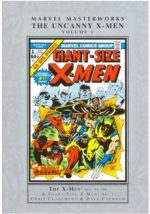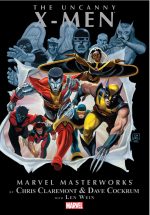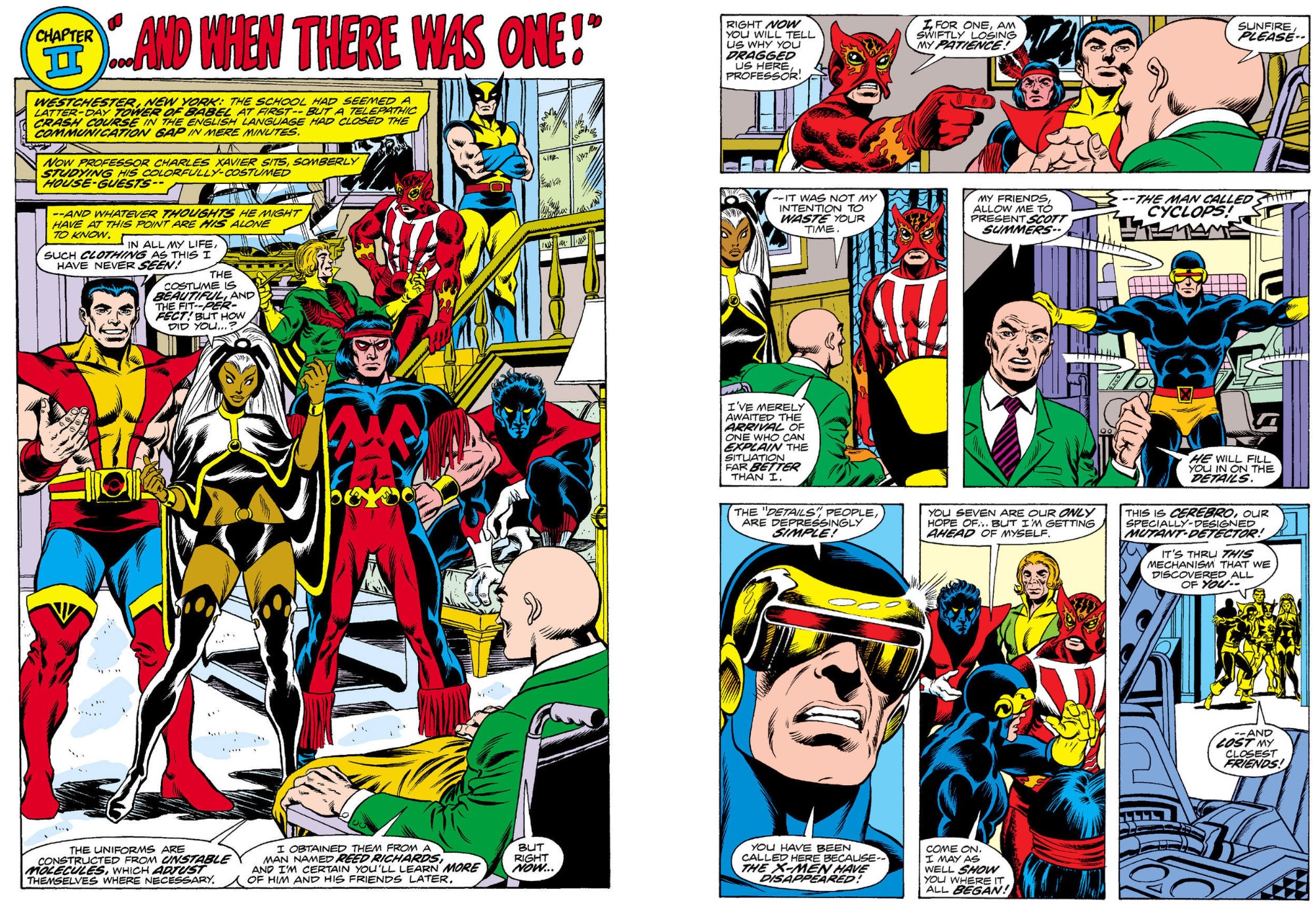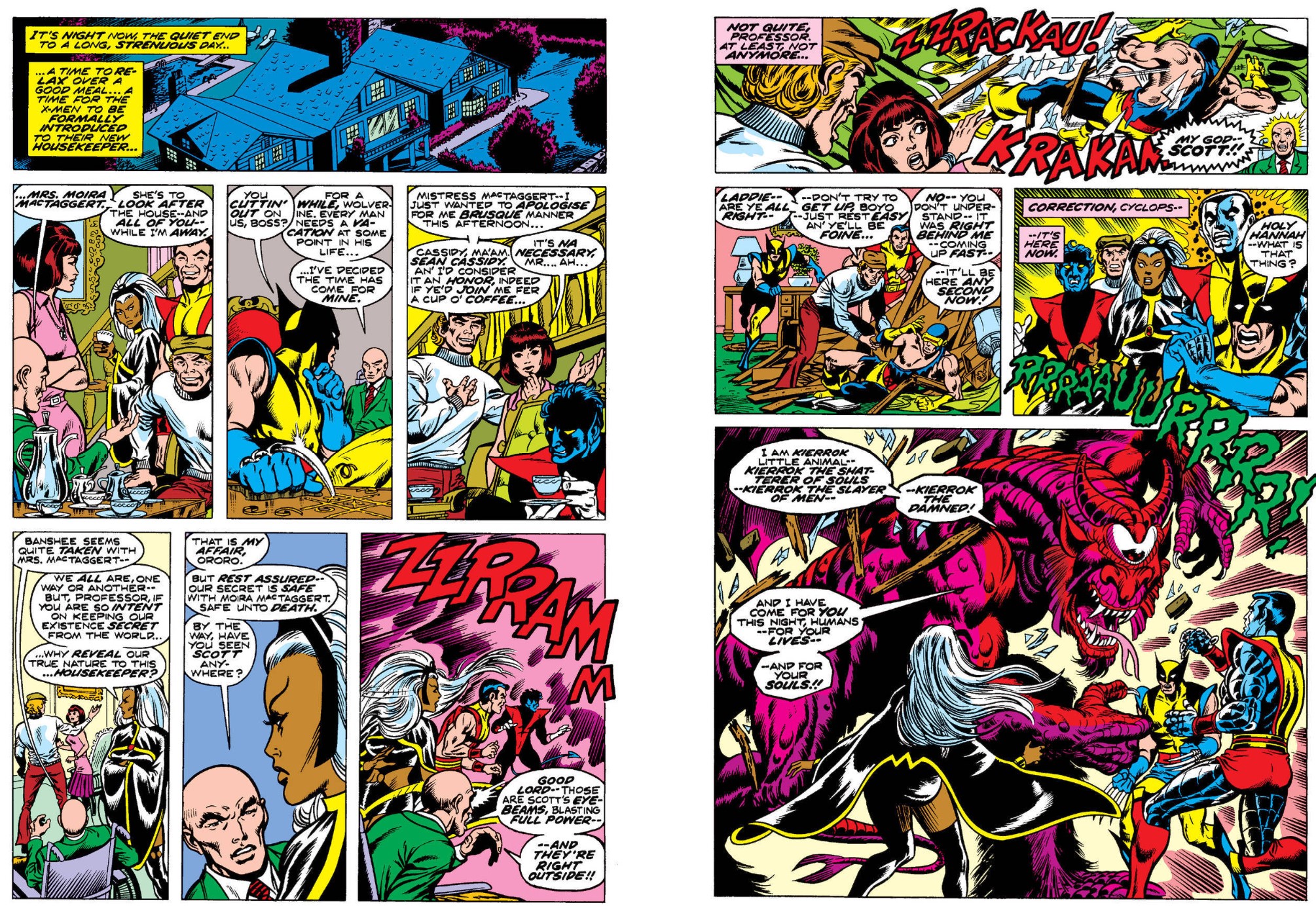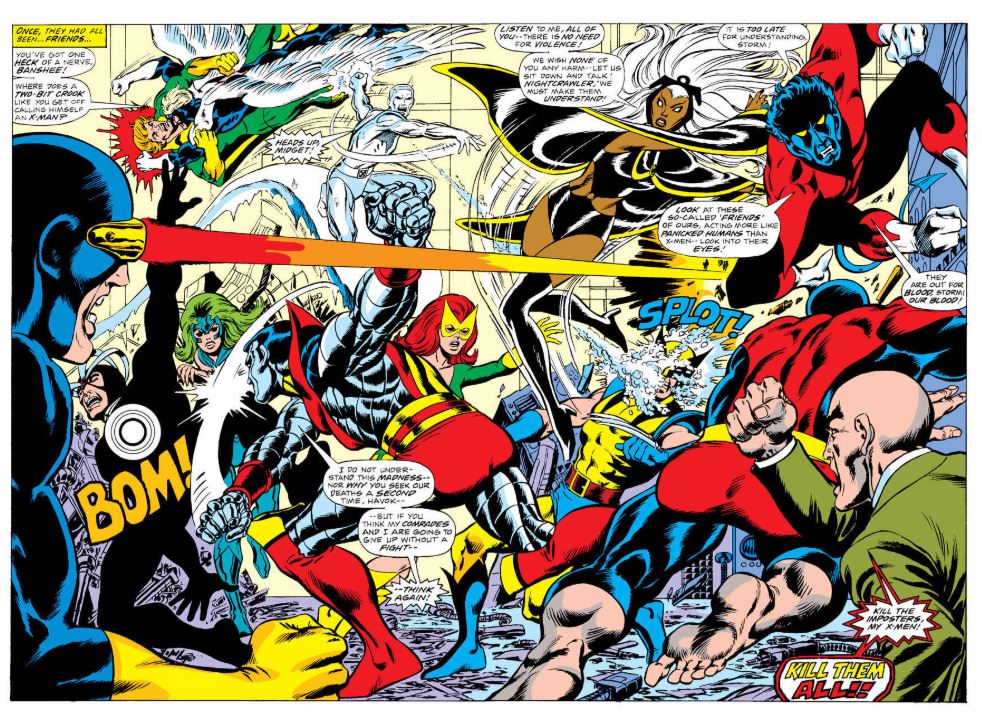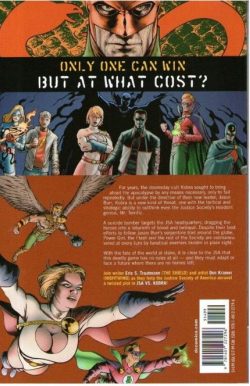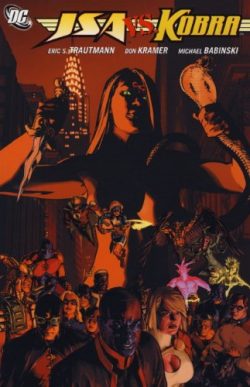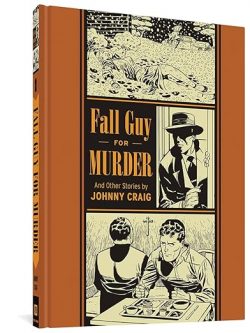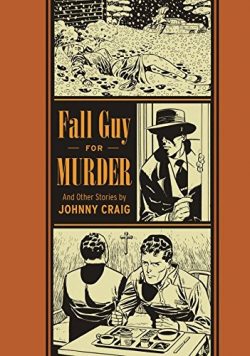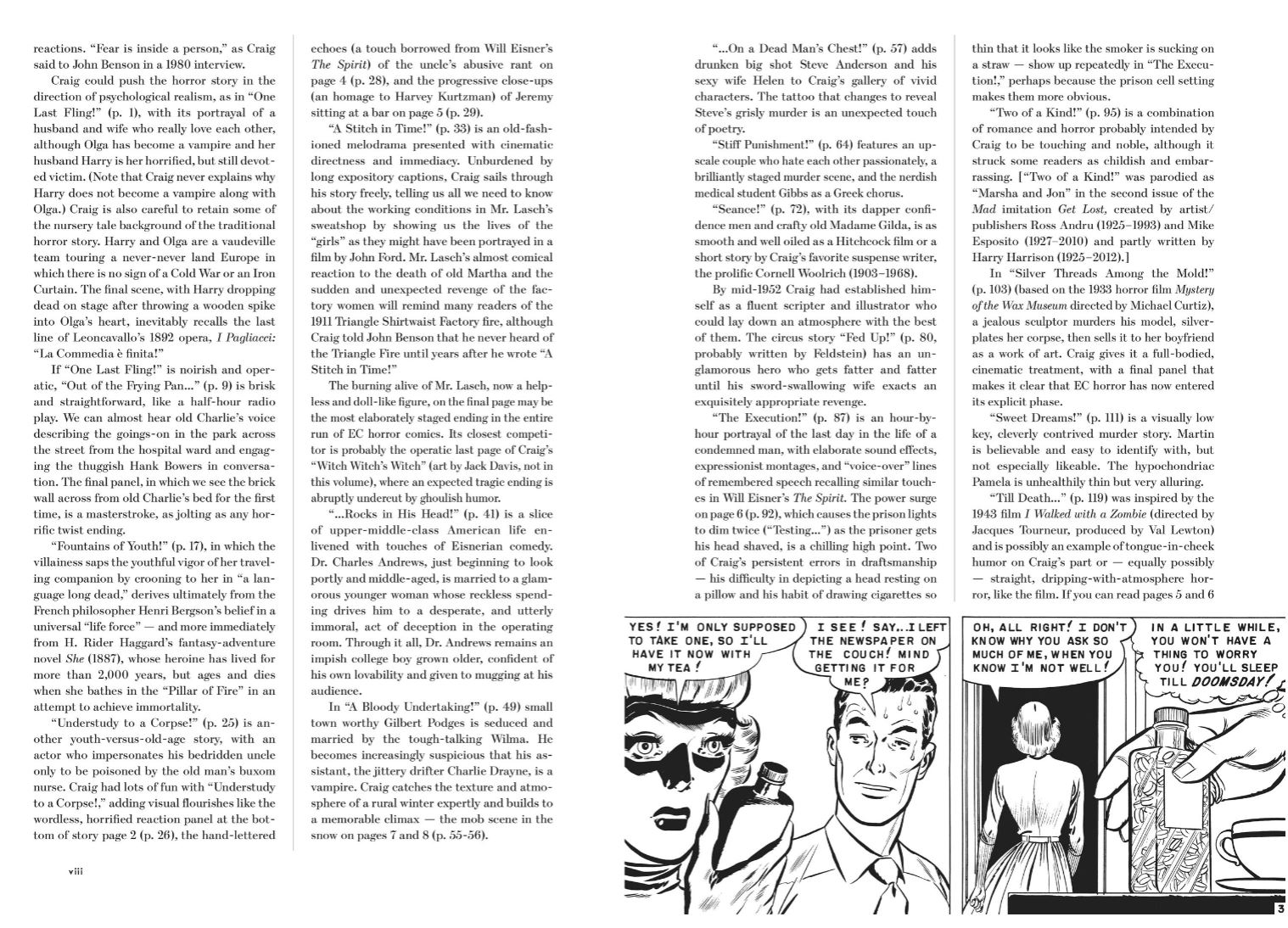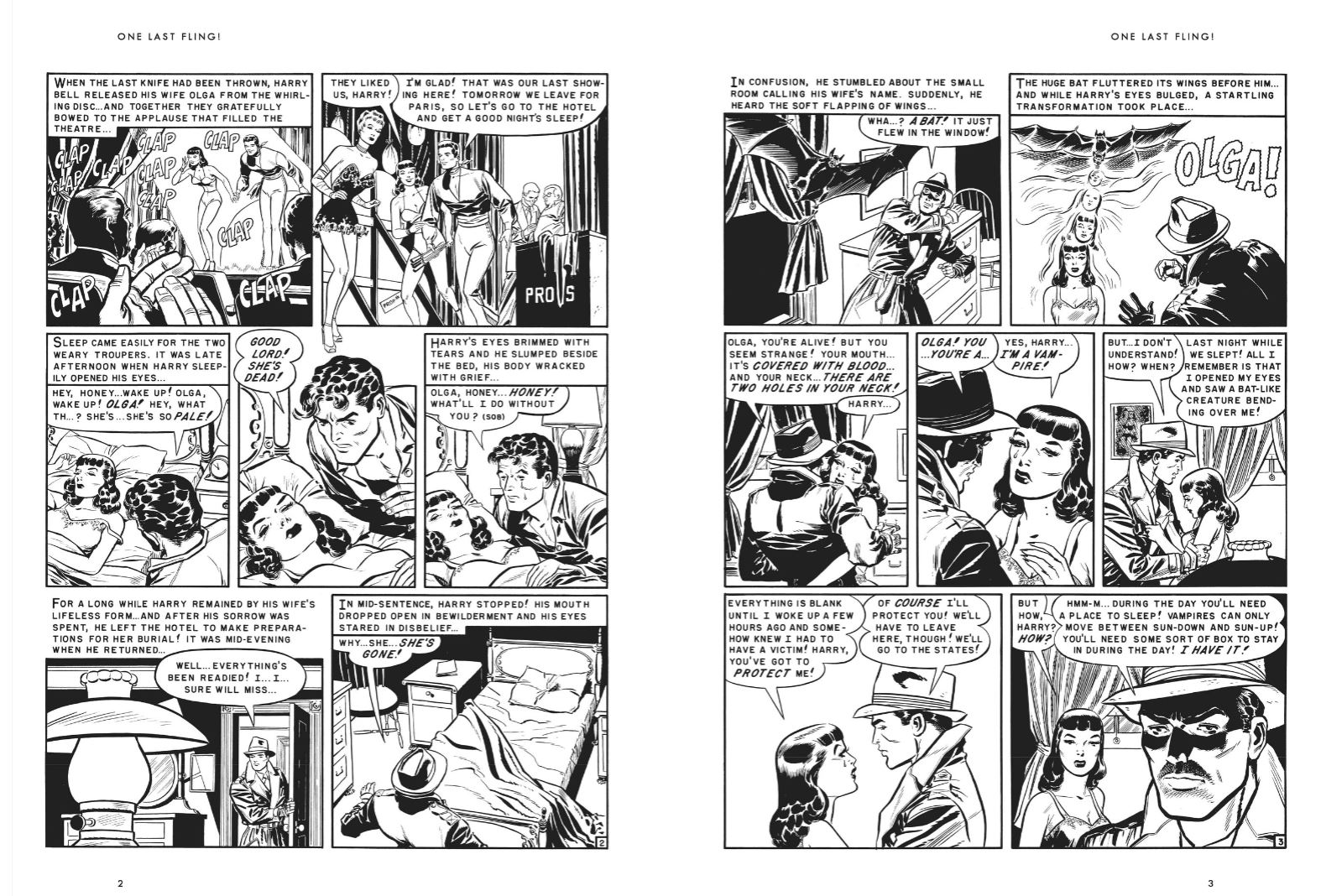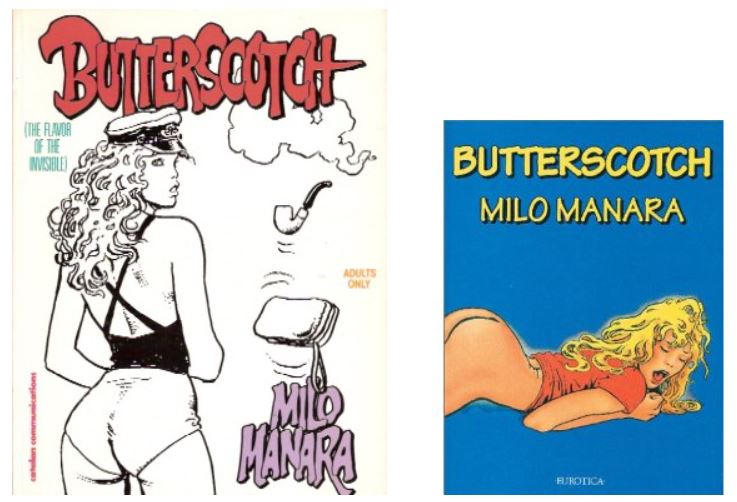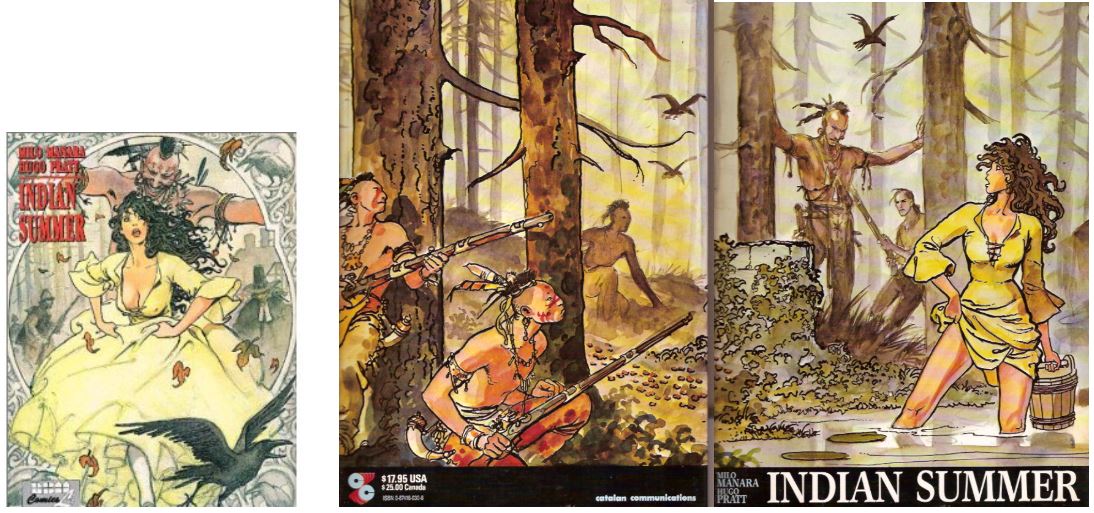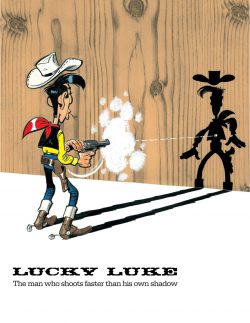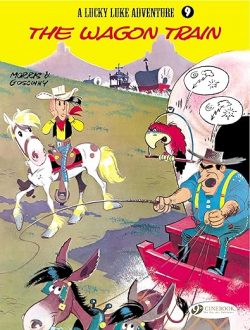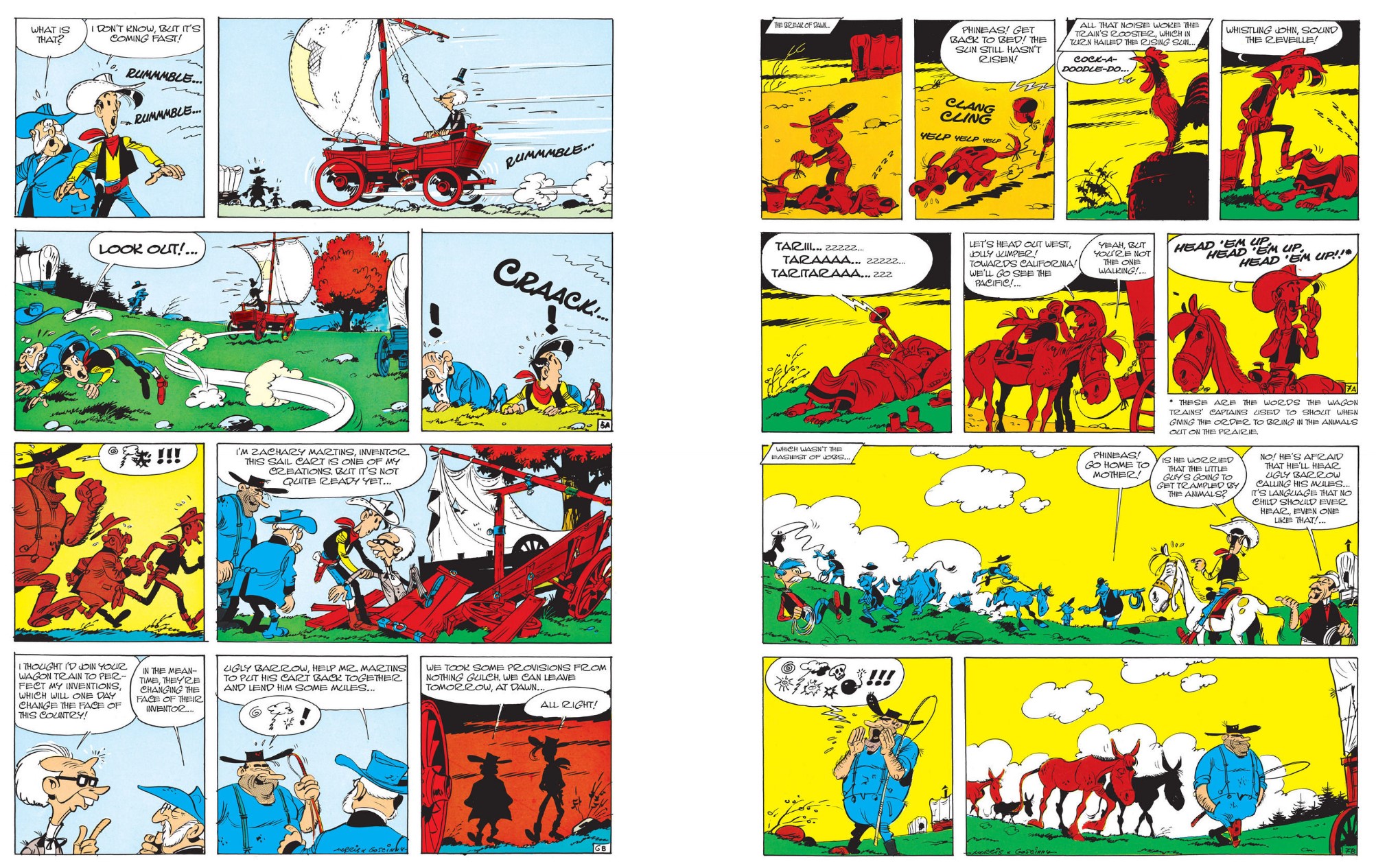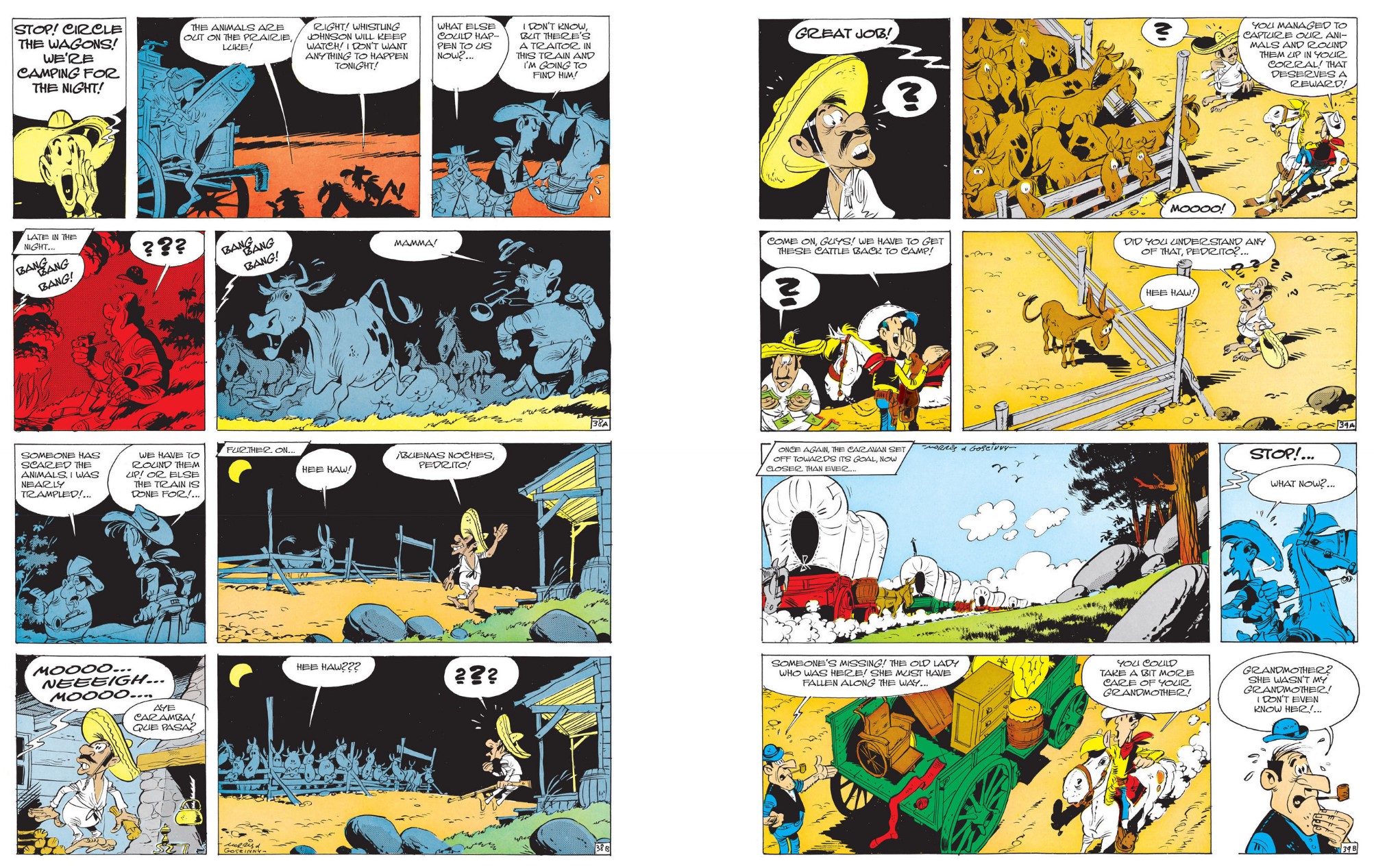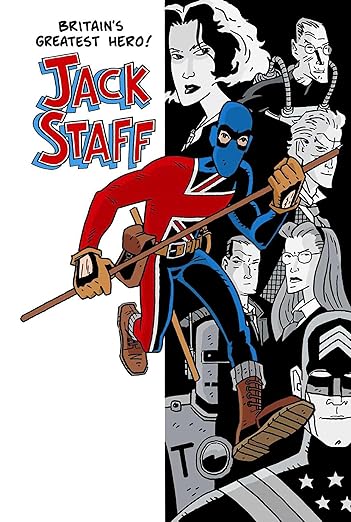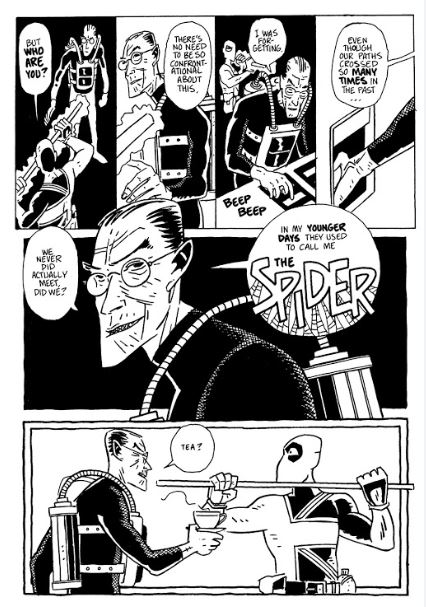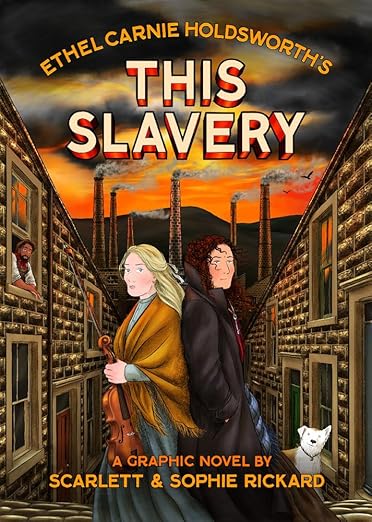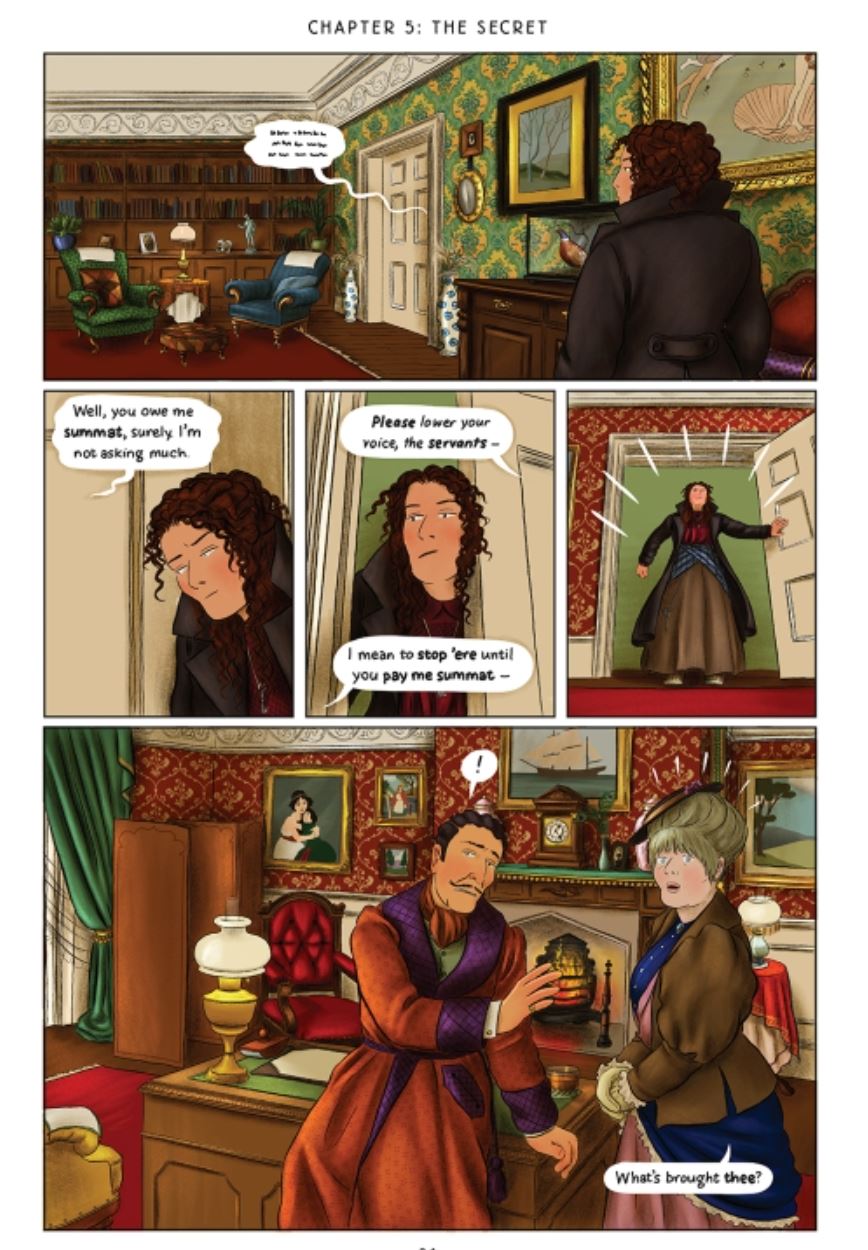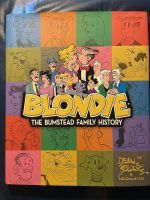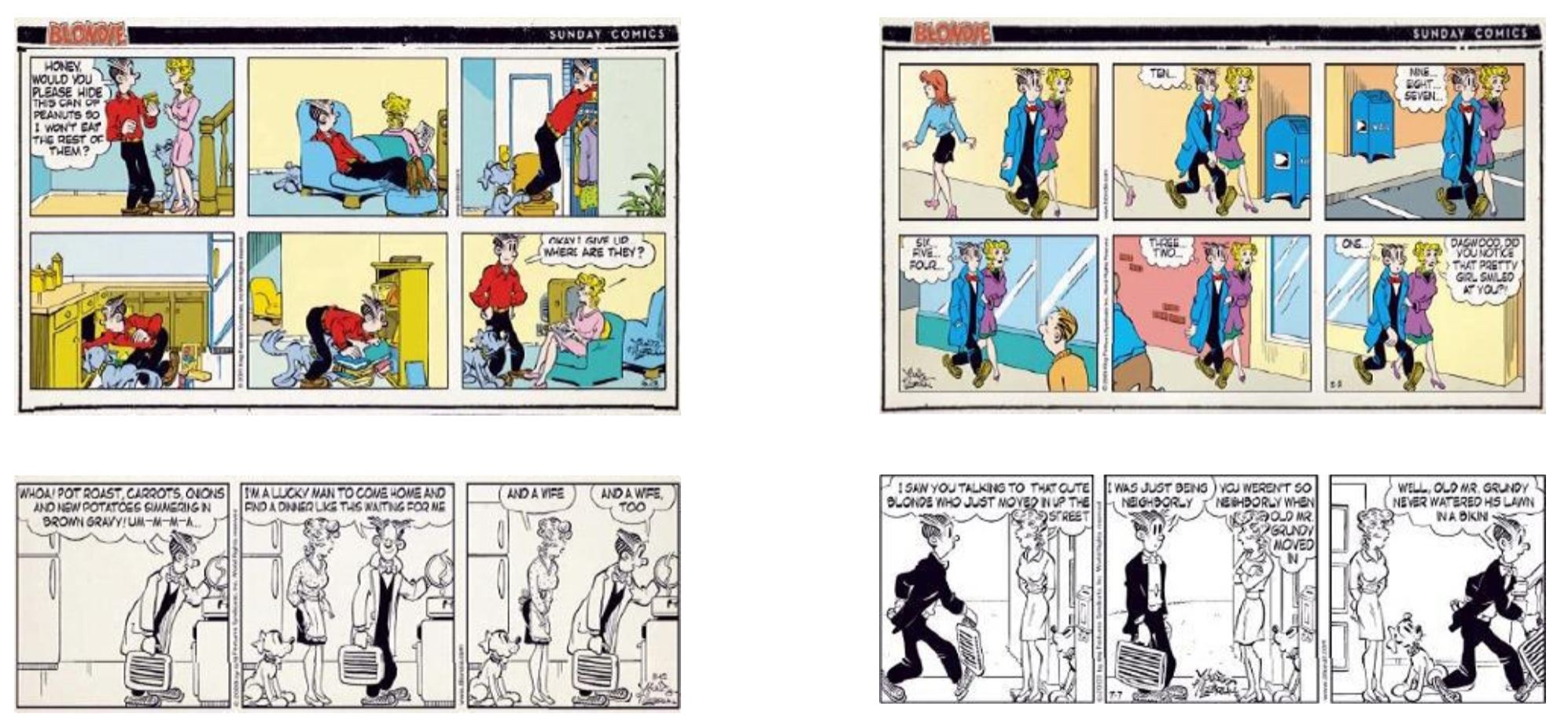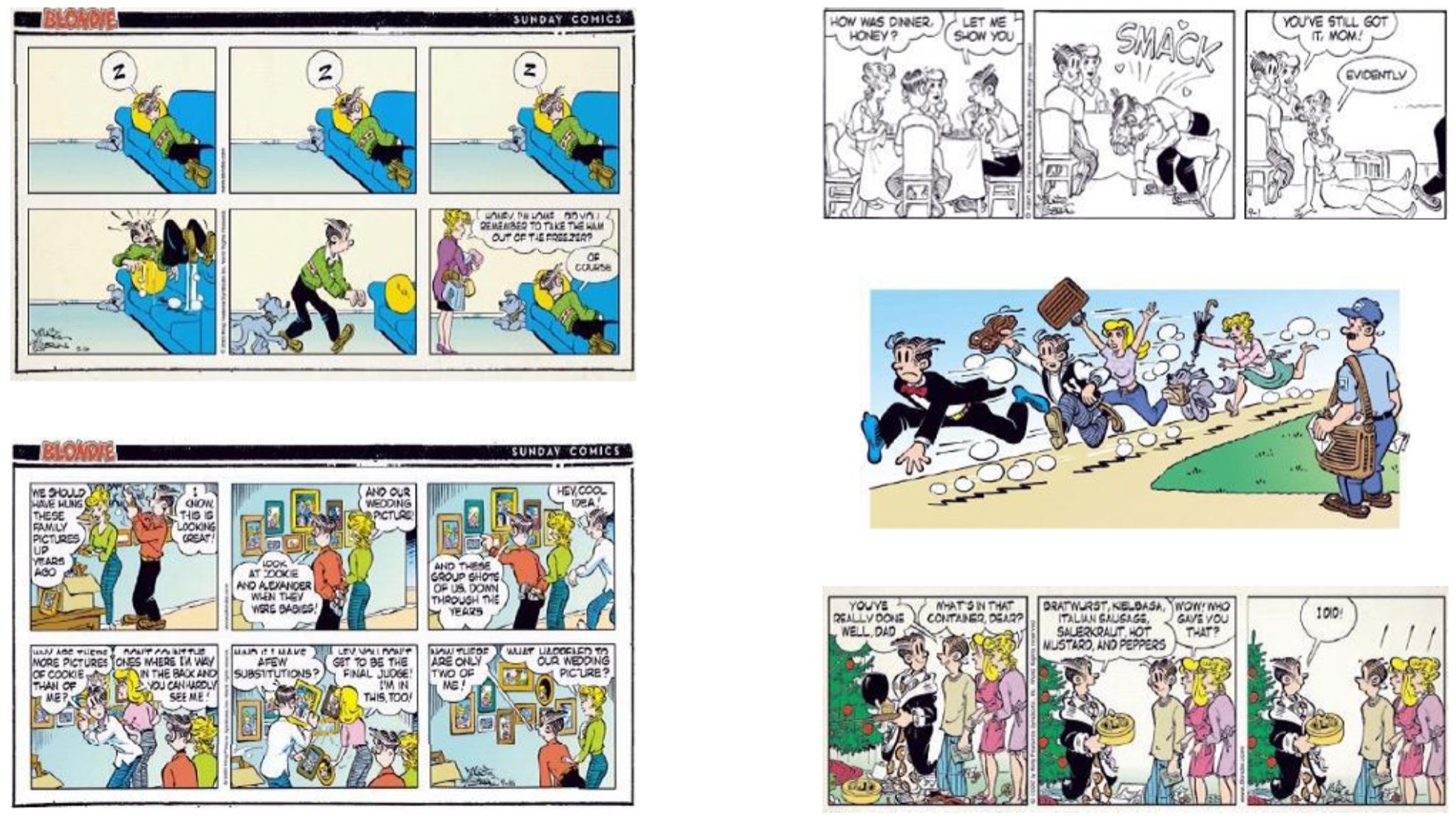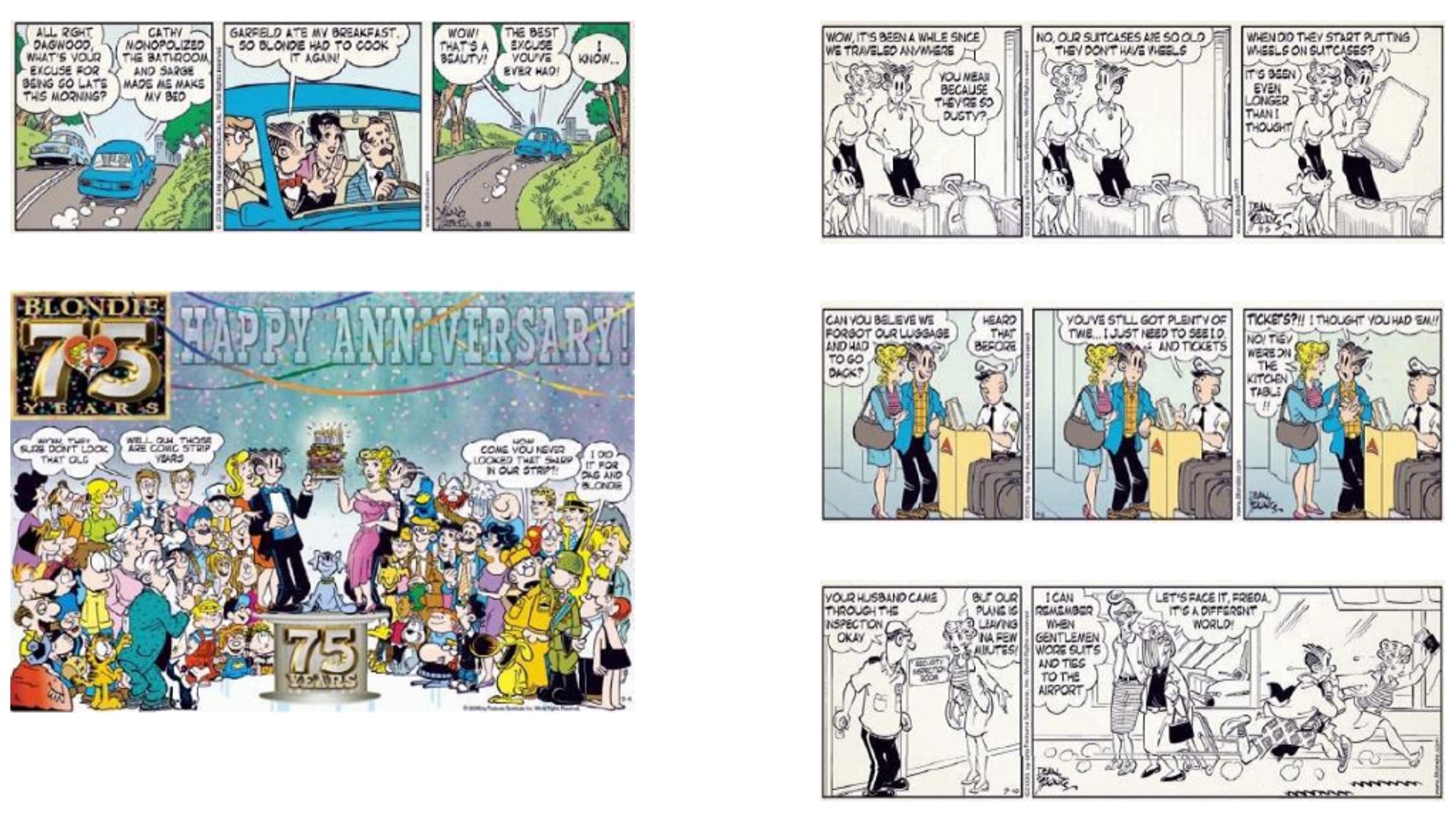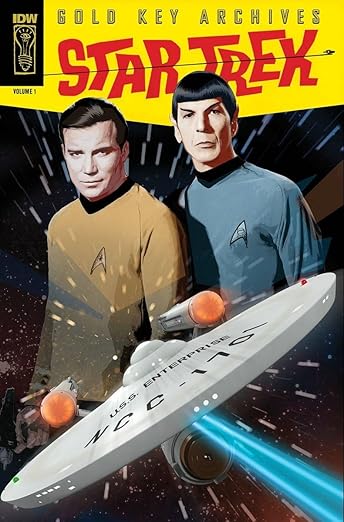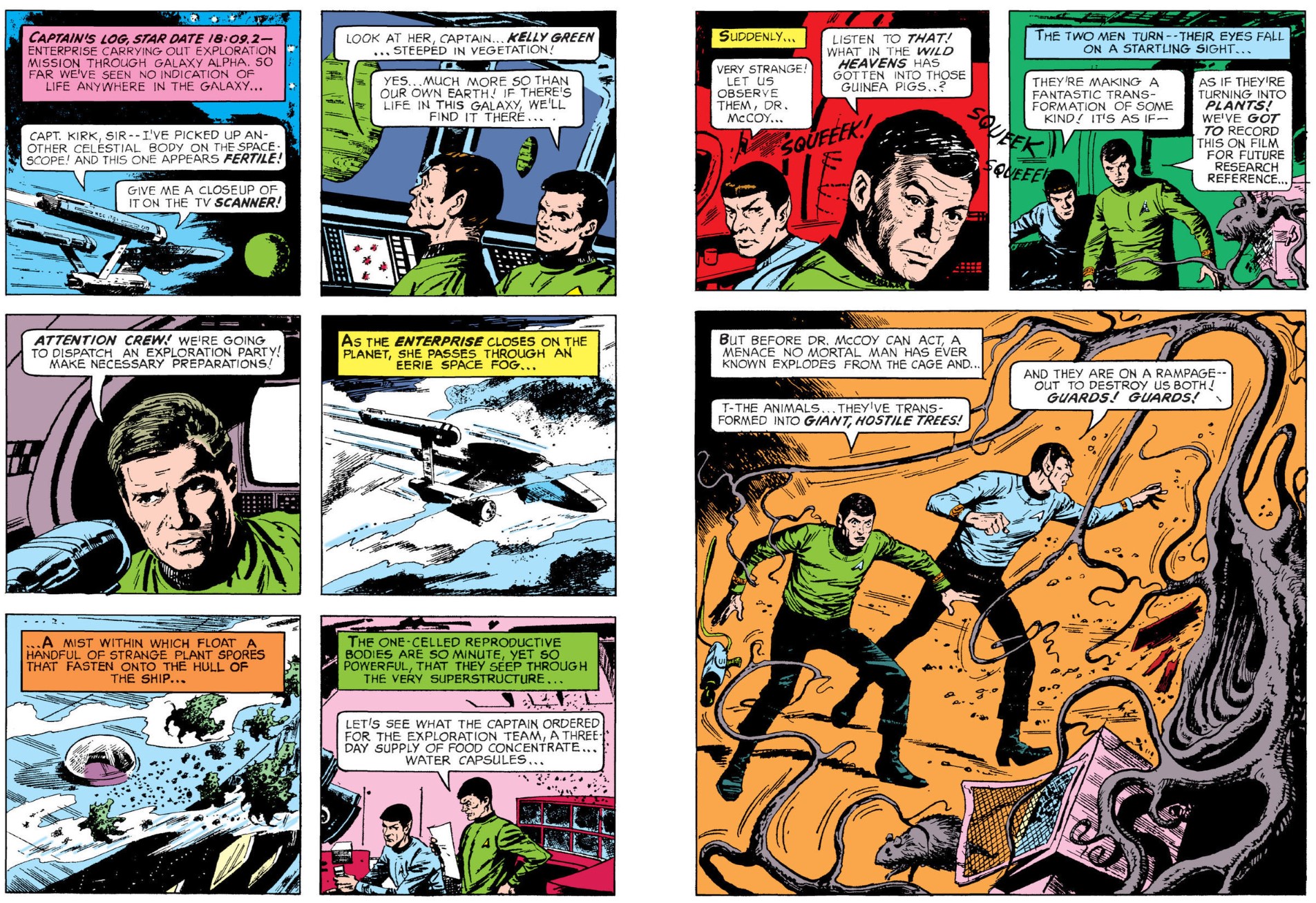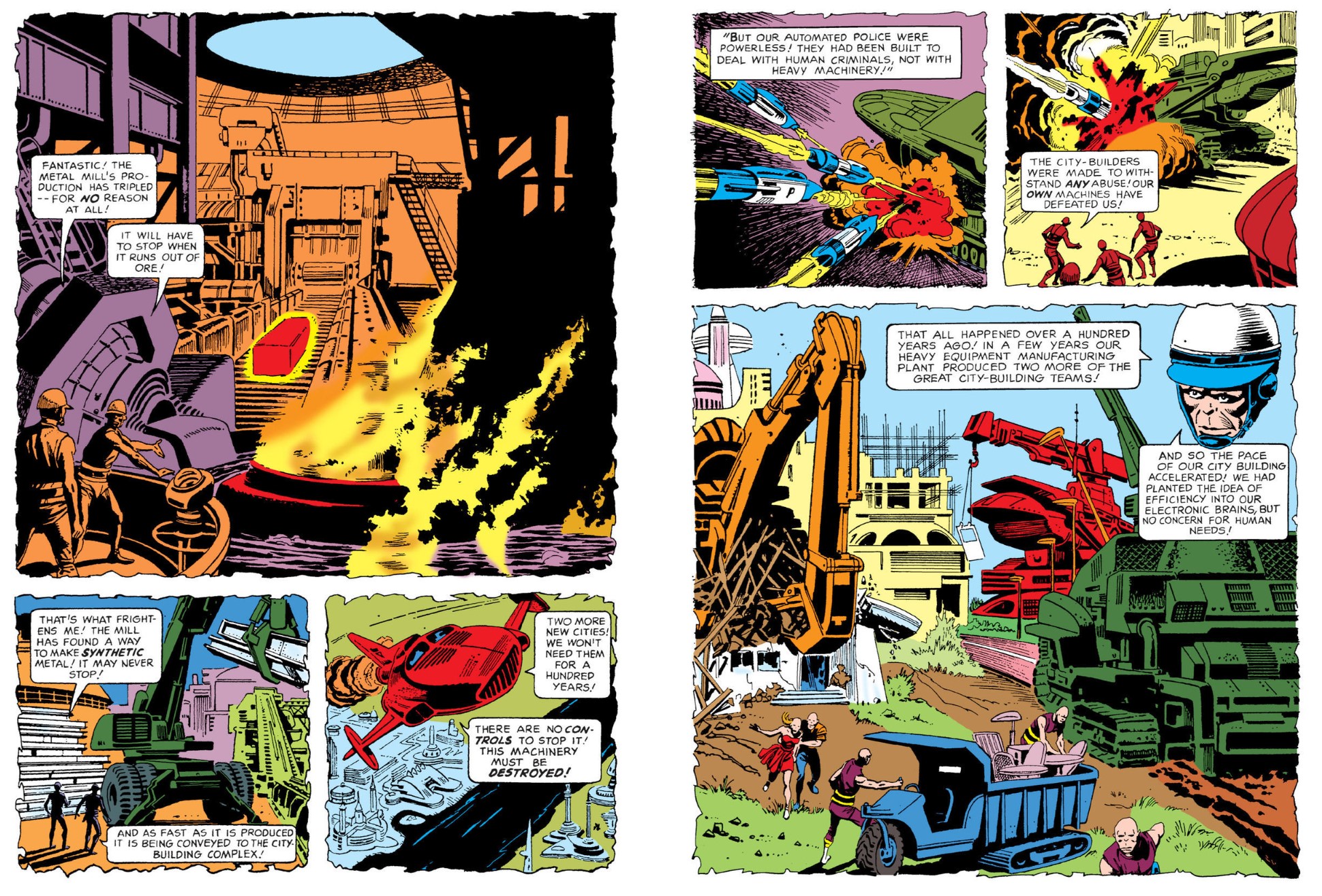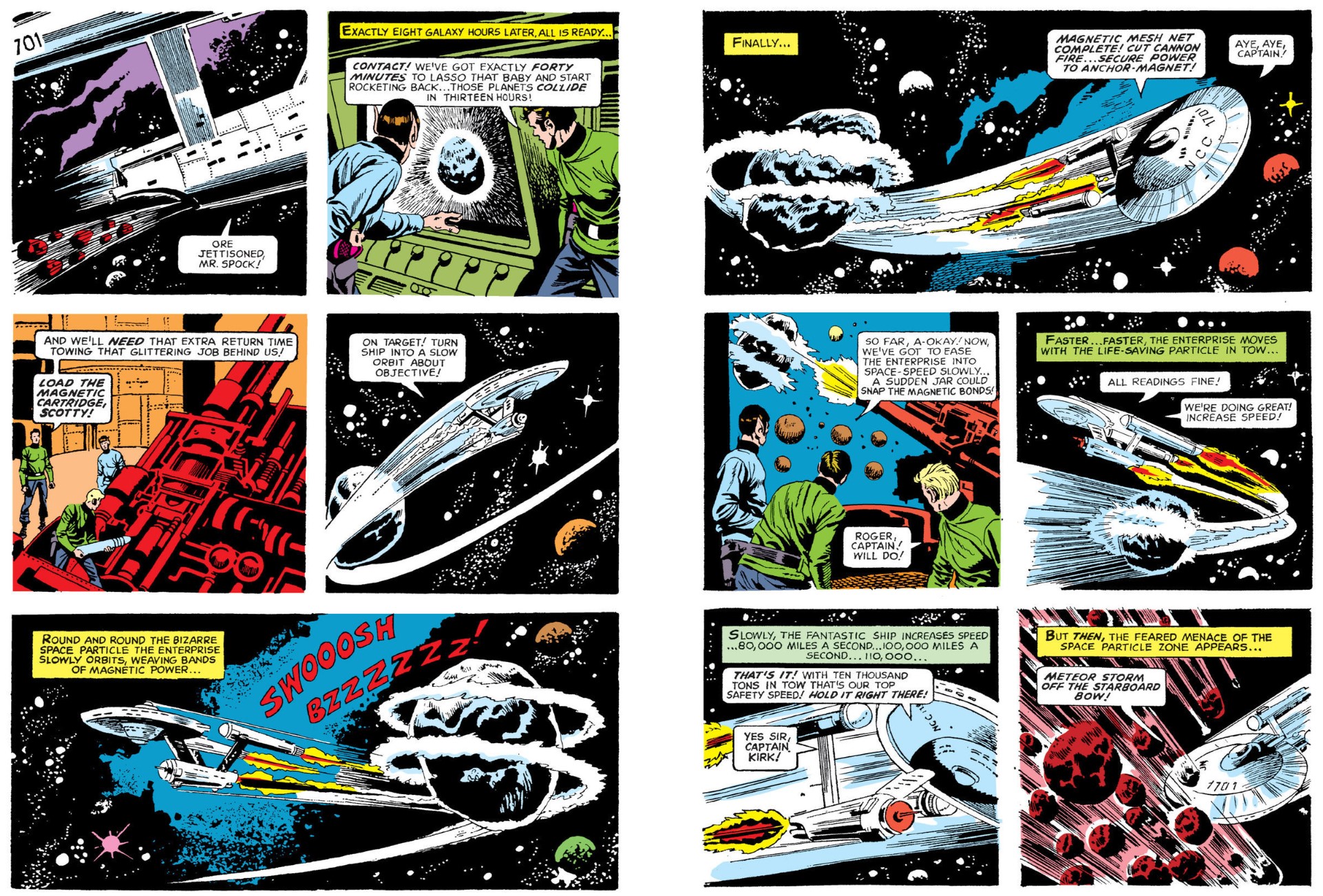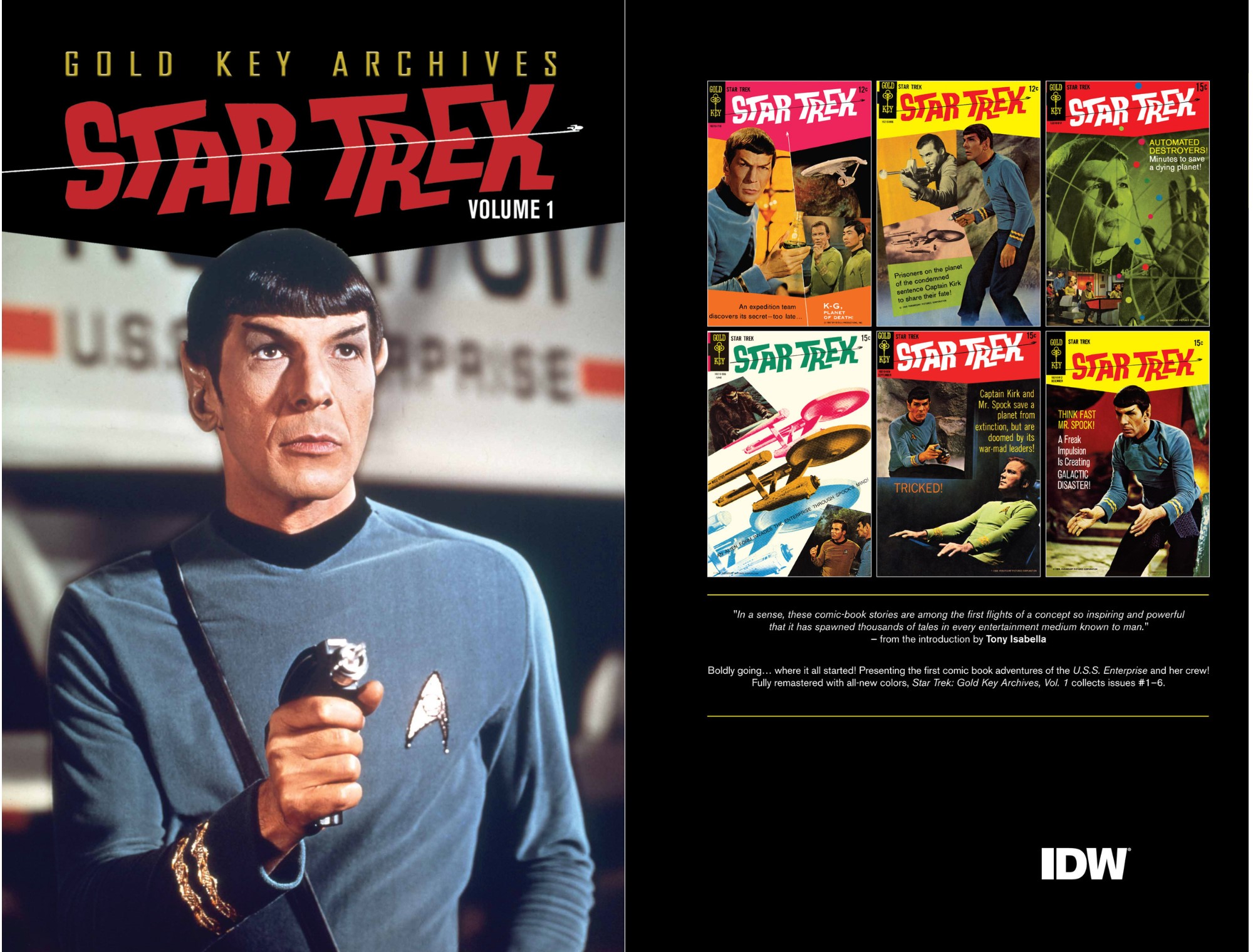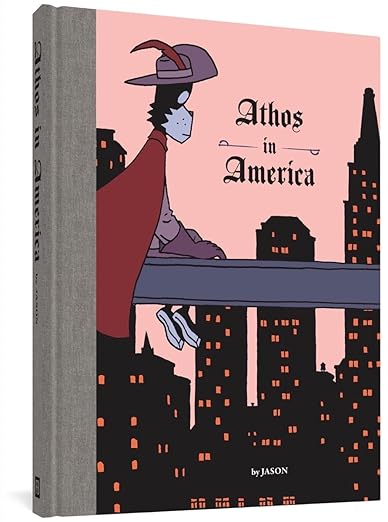
By Jason, coloured by Hubert, translated by Kim Thompson (Fantagraphics Books)
ISBN: 978-1-60699-478-8 (HB/Digital edition)
This book includes Discriminatory Content produced for dramatic, comedic and ironic effect.
Born in 1965 in Molde, Norway, John Arne Sæterøy is known globally by his enigmatic, utilitarian nom de plume Jason. The shy & retiring draughts-scribe started on the path to international cartoon superstardom in 1995, once first graphic novel Lomma full ay regn (Pocket Full of Rain) won Norway’s biggest comics prize: the Sproing Award. Prior to that, he had contributed to alternate/indie magazine KonK whilst, from 1987, studying graphic design and illustration at Oslo’s Art Academy, before going on to Norway’s National School of Arts. After graduating in 1994, three years later he founded his own comic book Mjau Mjau, citing Lewis Trondheim, Jim Woodring & Tex Avery as primary influences, and constantly refining his style into a potent form of meaning-mined anthropomorphic minimalism.
Moving to Copenhagen Jason worked at Studio Gimle alongside Ole Comoll Christensen (Excreta, Mar Mysteriet Surn/Mayday Mysteries, Den Anden Praesident, Det Tredje Ojet) and Peter Snejbjerg (Den skjulte protocol/The Hidden Protocol, World War X, Tarzan, Books of Magic, Starman, Batman: Detective 27). His efforts were internationally noticed, making waves in France, The Netherlands, Slovenia, Spain, Germany and other Scandinavian countries as well as the Americas. He won another Sproing in 2001 – for self-published series Mjau Mjau – and from 2002 turned nigh-exclusively to producing graphic novels, and won even more major awards.
Jason’s breadth of interest is wide and deep: comics, movies, animated cartoons, music, literature and pulp fiction all feature equally with no sense of rank or hierarchy. This puckish and egalitarian mixing and matching of inspirational sources always and inevitably produces picture-treatises well worth a reader’s time. Over a succession of tales Jason built and constantly re-employed a repertory company of stock characters to explore deceptively simplistic milieux based on classic archetypes of movies, childhood entertainments, historical and literary favourites. These all role-play in deliciously absurd and surreal sagas centred on his preferred themes of relationships and loneliness. In latter years, Jason returned to such “found” players as he built his own highly esoteric universe, and even has a whole bizarre bunch of them “team-up” or clash…
As always, visual/verbal bon mots unfold in beguiling, sparse-dialogued, or even as here silently pantomimic progressions, with compellingly formal page layouts rendered in a pared back stripped-down interpretation of Hergé’s Claire Ligne style: solid blacks, and thick outlines dominating settings of seductive monochrome simplicity augmented by a beguiling palette of stark pastels and muted primary colours.
The majority of his tales brim with bleak isolation, swamped by a signature surreality: largely populated with cinematically-inspired, darkly comic, charmingly macabre animal people ruminating on those inescapable concerns whilst re-enacting bizarrely cast, bestial movie tributes.
This perfect example of his oeuvre is something of a prequel and available as a sturdily comforting hardback or exalted eBook edition: a mild torrent of subtle wonderment that opens with understated crime thriller ‘The Smiling Horse’, wherein the last survivor of a kidnap team endures decades of tense anticipation before their victim’s uncanny avenger finally dispenses long-deferred justice.
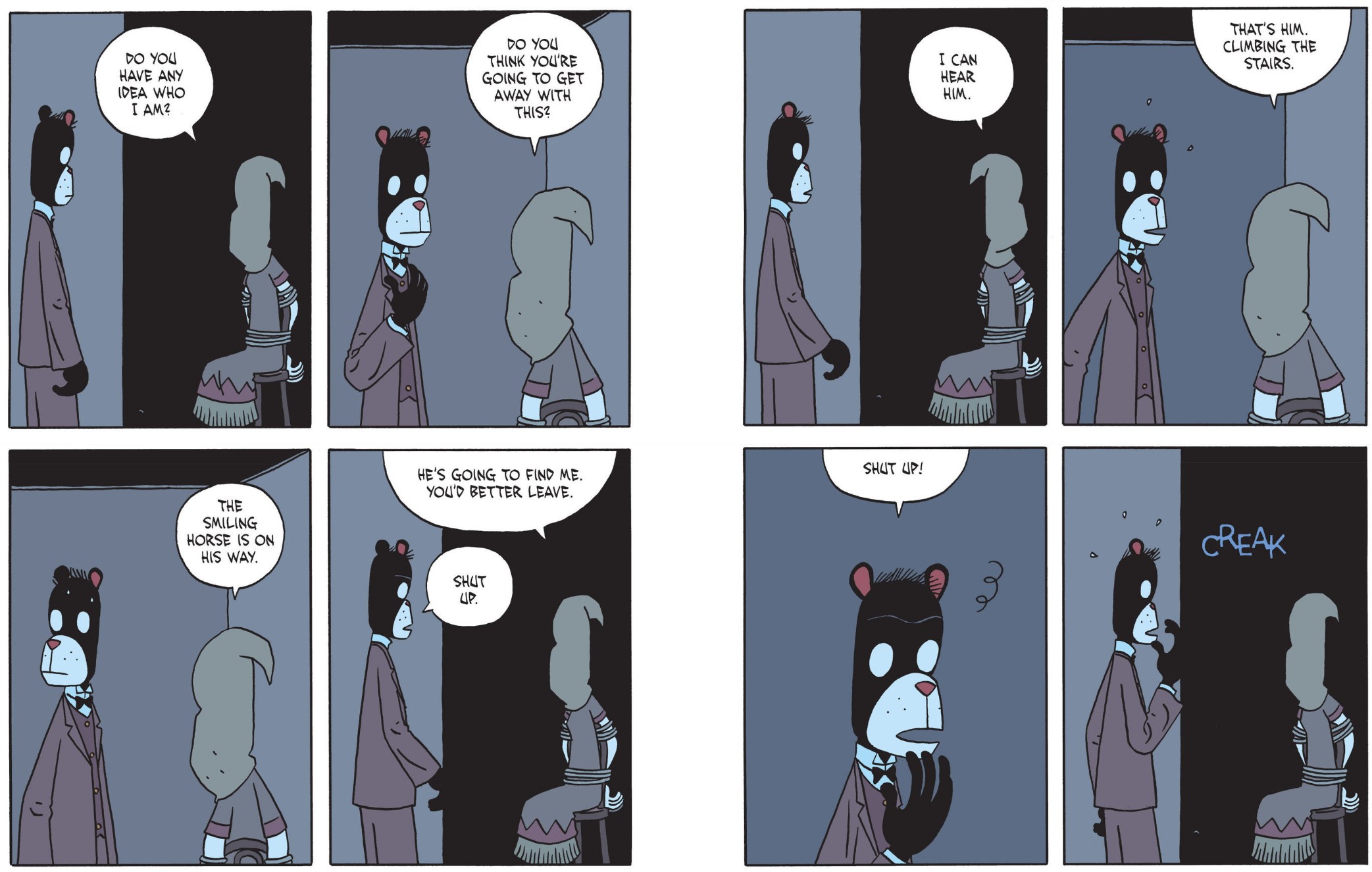
Jason then examines his own life, career and romantic failings with harsh, uncompromising detail in ‘A Cat from Heaven’ whilst B-Movie Sci Fi informs ‘The Brain That Wouldn’t Virginia Woolf’ as a scientist spends years killing women whilst looking for a body that won’t reject the mean-spirited, constantly carping head he keeps alive in his laboratory, before ‘Tom Waits on the Moon’ inexorably draws together a quartet of introspective, isolated loners into a web of fantastic horror. Still they spend too much time thinking not doing so they get what they deserve…
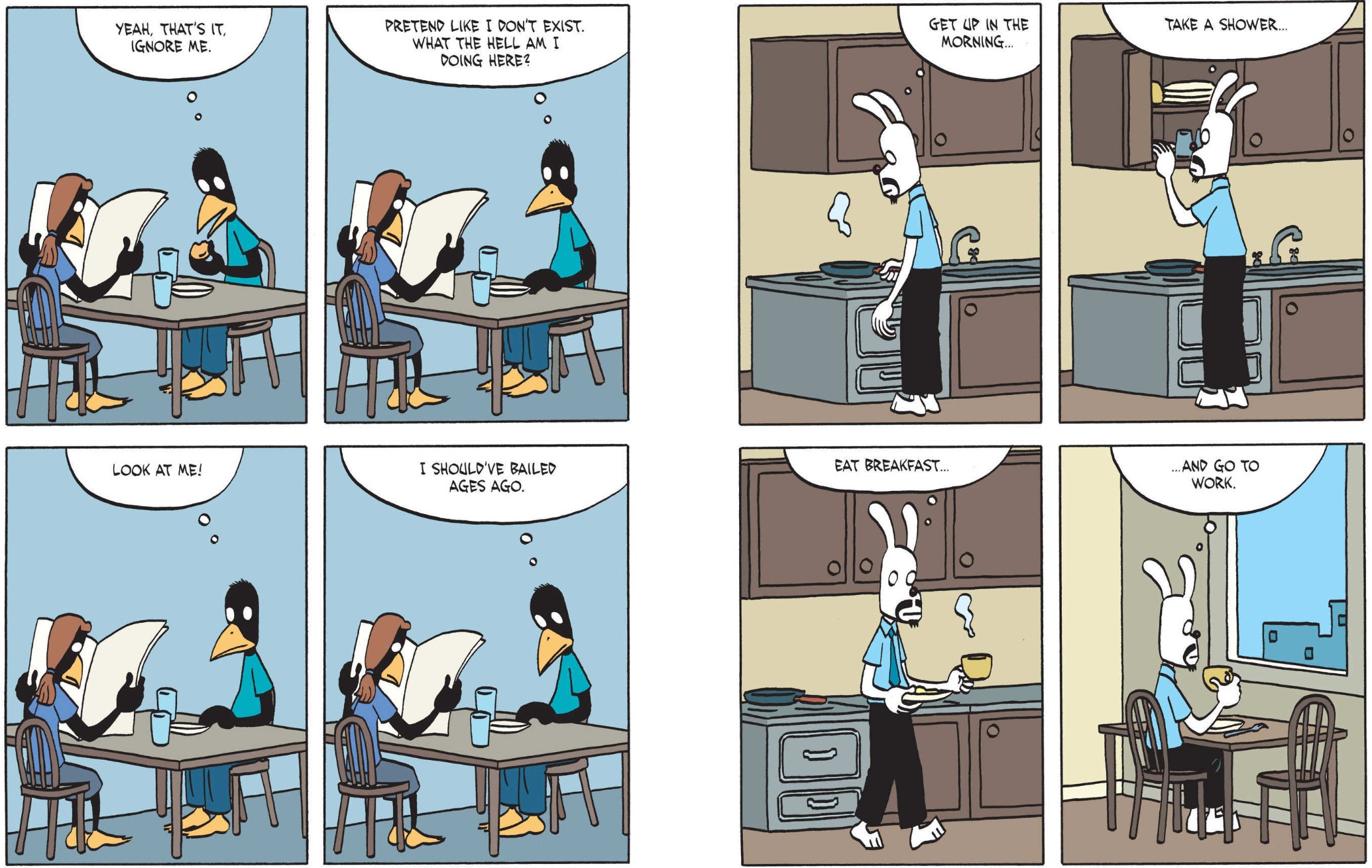
A cunning period gangster pastiche rendered in subdued shades of red and brown, ‘So Long, Mary Anne’ depicts a decent woman helping a vicious escaped convict flee justice. After they snatch a hostage, the “victim” soon begins to exert an uncanny influence over the desperate killer, but is she just wicked or is there a hidden agenda in play?
Most welcome attraction here is eponymous final story ‘Athos in America’. This is a fabulously engaging “glory days” yarn, acting as a prequel to the author’s spellbinding graphic romp The Last Musketeer. That epic detailed the final exploit of the dashing Athos, who met his end bravely and improbably after 400 years of valiant adventure. But what was he doing in the years before that tragic denouement?
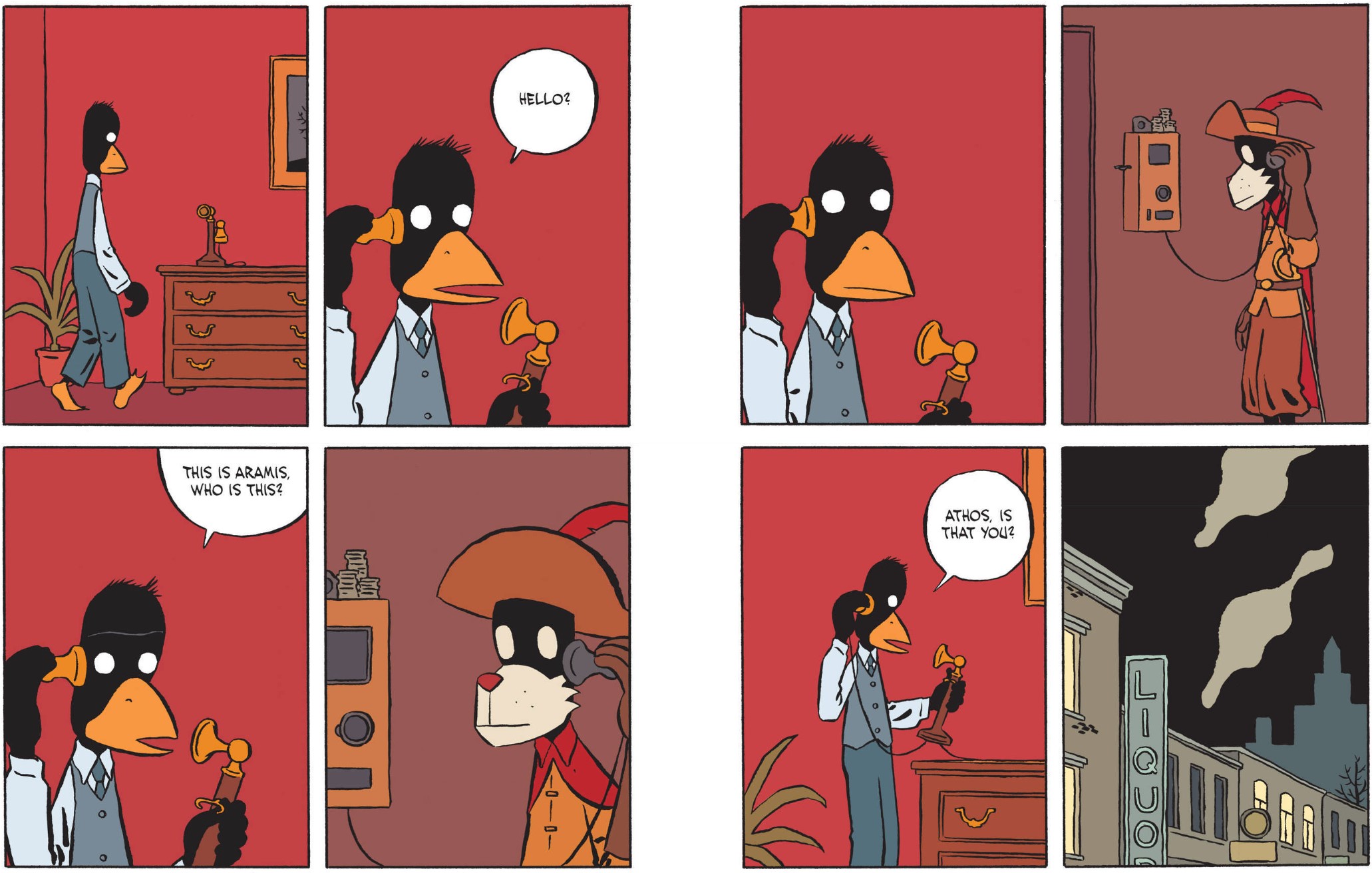
A guy walks into a bar… It’s America in the 1920s and the oddly-dressed Frenchman starts chatting to Bob the barman. As the quiet night unfolds the affable patron relates how he came to America to star in a movie about himself and his three greatest friends. Sadly, after he enjoyed a dalliance with the Studio’s top star, things quickly started to go wrong…
Effortlessly switching back and forth between genre, milieu and narrative pigeonholes, this grab-bag of graphic goodies again proves that Jason is a creative force in comics like no other: one totally deserving as much of your time, attention and disposable income as possible.
All characters, stories and artwork © 2011 Jason. All rights reserved.

